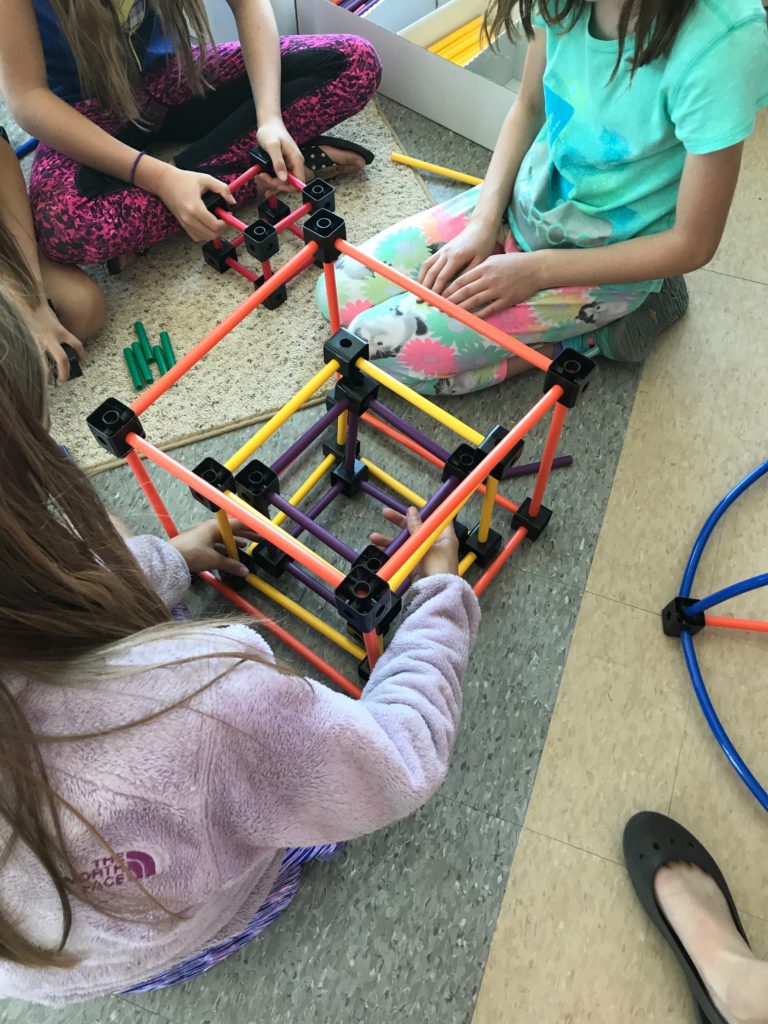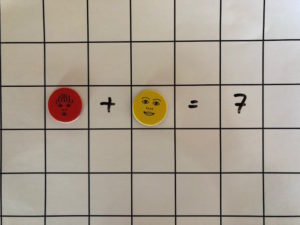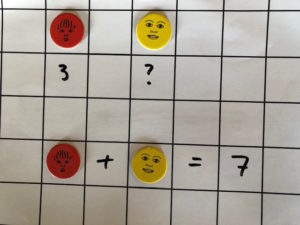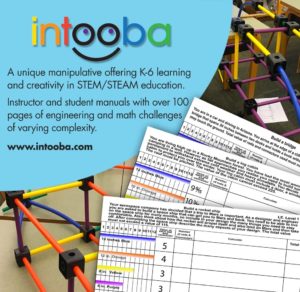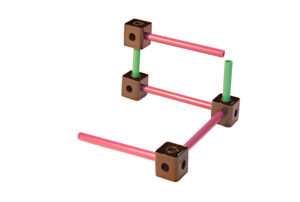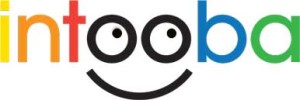I was always concerned in my elementary classrooms when I realized that my students principally saw only finished product in their lives – film, novel, technology, building, business. When are young students these days ever exposed to process other than through concerted efforts on the part of educators to show, for example, how stories are deliberately constructed? Children meeting professional authors offers an essential insight into how ideas are formed, massaged, written down, and ultimately formed into a story through diligent effort and many re-writes. Such is another limited example of students seeing process. In previous times, children were directly involved in family businesses or farming where they were personally involved in the process of production. How does something start, and how do people get it to completion? Not knowing how to connect a topic of study to its practical outcome in the ‘real world’ could lead students to question its relevance to them.
Some of the steps involved in what I will call “the creation of something” are:
– the idea itself
– is it a good idea or not? What are its benefits to me or others?
– is the idea an adaptation? I need to draw information from various sources
– working the idea to a place where it can be explained to others
– seeing if the idea already exists, and if/how this impacts our moving forward
– ascertaining what we need to complete the project
– getting others to cooperate in the execution of the project
– assembling the resources to complete the project
– trying and failing
– trying again and failing
– not getting despondent and keeping resources focused on the project
– trying again, and hopefully succeeding
These are but a few steps in general idea and project conception, process, and completion.
In elementary mathematics, providing opportunities for students to use their hands and minds in a cooperative learning environment are somewhat limited. To that end, we have invented two products for elementary education which help children work physically towards solutions either individually, or in groups.
Aspects of our manipulative products are discussed below:
intooba – intooba HERE
This K-6 construction manipulative offers many lessons in both specific mathematical concepts such as shapes, estimation, and fractions and in engineering challenges. In math, we provide a spiraled program offering teachers instructional ideas in many math concepts. In engineering, we offer students over 25 construction challenges each with varying levels of complexity.
This is hands-on work asking for actionable solutions through construction and mathematics. Resource constraints such as assigning a project budget and input costs makes this learning very relevant.
diskii – diskii HERE
This K-4 manipulative offers students and teachers opportunities to explore mathematical concepts hands-on either individually or in groups. Our ten tokens (essentially representing 0-9) have unique names, faces, and colors offering many layers of complexity in problem construction. Instructional possibilities include logical reasoning, understanding the equals sign, and substituting a token for an unknown algebraic quantity x as in: token + 4 = 10 for lower grades.
Drawing on information to solve a problem is a critical skill. Using diskii, equations can be created where certain token values are given, and students have to use this information to solve for the unknown tokens.
We have created these advanced thinking manipulatives with lesson support to offer easy-to-implement hands-on group problem solving opportunities we feel are unavailable in many physical manipulatives available in classrooms today. We focus on fun, creative visual challenges making math relevant in concrete ways to elementary learners.
In our manipulatives, we are diligently focusing on process as an integrally important part of learning. Students work cooperatively with their hands and minds to solve challenges.
In this environment, drawing on spiraled learning, students have opportunities to produce increasingly complex product through their own efforts.
